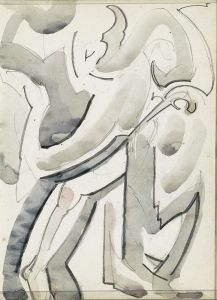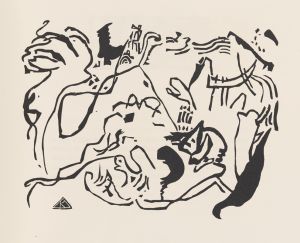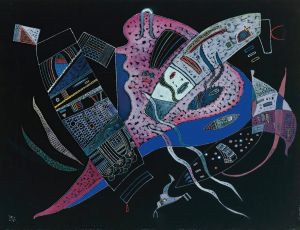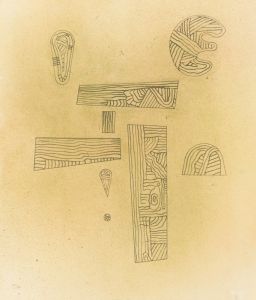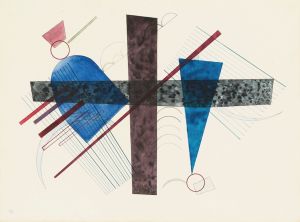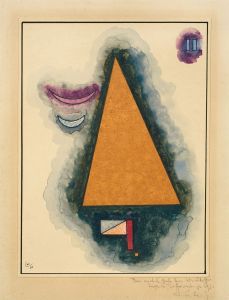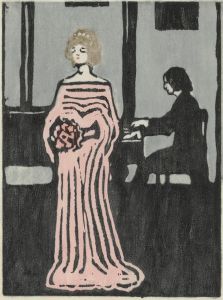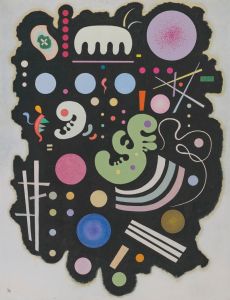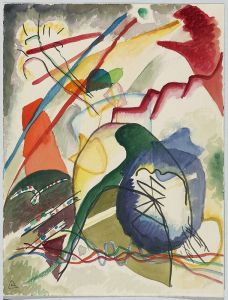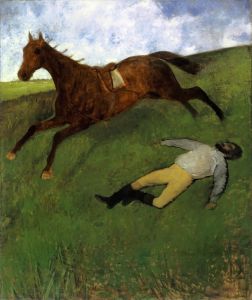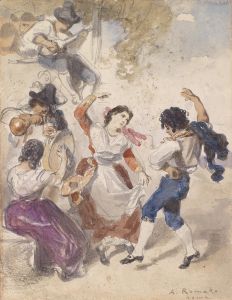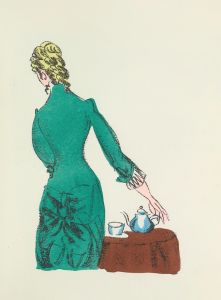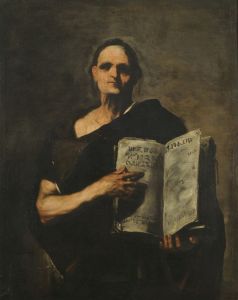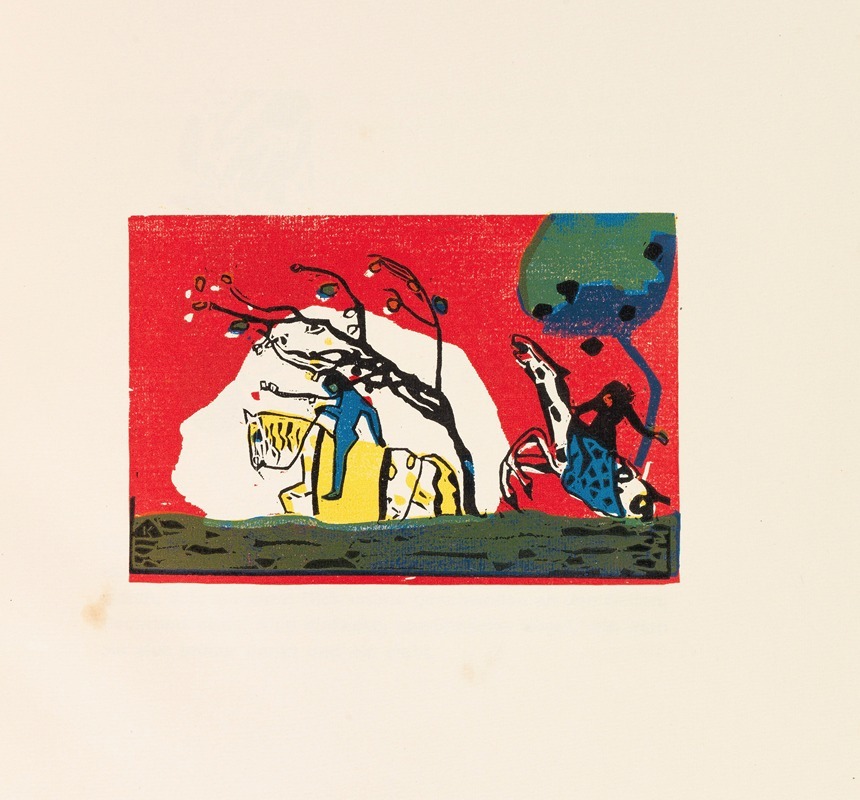
Klänge
A hand-painted replica of Wassily Kandinsky’s masterpiece Klänge, meticulously crafted by professional artists to capture the true essence of the original. Each piece is created with museum-quality canvas and rare mineral pigments, carefully painted by experienced artists with delicate brushstrokes and rich, layered colors to perfectly recreate the texture of the original artwork. Unlike machine-printed reproductions, this hand-painted version brings the painting to life, infused with the artist’s emotions and skill in every stroke. Whether for personal collection or home decoration, it instantly elevates the artistic atmosphere of any space.
Wassily Kandinsky's "Klänge" is not a painting but rather a significant work in the form of a book, which combines both visual art and poetry. Published in 1913, "Klänge" (translated as "Sounds") is a collection that exemplifies Kandinsky's exploration of the synthesis between visual and auditory experiences, a concept he was deeply interested in throughout his career. The book is a remarkable example of Kandinsky's contribution to the avant-garde movement and his role in the development of abstract art.
"Klänge" consists of 56 woodcuts and 38 poems, showcasing Kandinsky's innovative approach to art and literature. The woodcuts are characterized by their abstract forms and vibrant use of color, reflecting Kandinsky's theories on the spiritual and emotional power of color and form. These visual elements are complemented by the poems, which are written in a style that echoes the abstract and non-representational nature of the images. The interplay between the text and images in "Klänge" is a testament to Kandinsky's belief in the interconnectedness of different art forms.
Kandinsky was a pioneer of abstract art, and his work in "Klänge" is a reflection of his theoretical writings, particularly those found in his seminal book "Concerning the Spiritual in Art" (1911). In this text, Kandinsky articulated his ideas about the spiritual and emotional resonance of colors and shapes, advocating for an art form that transcended the material world and communicated directly with the soul. "Klänge" can be seen as a practical application of these theories, where the abstract woodcuts and poetic texts work together to evoke a sensory and emotional response from the viewer.
The creation of "Klänge" occurred during a period of significant artistic experimentation and change. Kandinsky was associated with the Blue Rider (Der Blaue Reiter) group, a collective of artists who sought to break away from traditional artistic conventions and explore new forms of expression. The Blue Rider Almanac, published in 1912, included contributions from Kandinsky and other avant-garde artists and thinkers, further emphasizing the group's commitment to innovation and the integration of different artistic disciplines.
"Klänge" is often regarded as one of the key works of the Blue Rider period and a precursor to Kandinsky's later fully abstract paintings. The book's emphasis on the harmony between visual and auditory elements reflects Kandinsky's synesthetic experiences, where he perceived colors and shapes as having inherent sounds and emotions. This synesthetic approach is evident in the way "Klänge" invites the reader to experience the art and poetry not just as separate entities but as a unified, multisensory experience.
The influence of "Klänge" extends beyond its immediate historical context, as it continues to be studied and appreciated for its innovative approach to the fusion of art and literature. Kandinsky's work in "Klänge" laid the groundwork for future explorations of abstraction and multimedia art, influencing generations of artists who sought to push the boundaries of traditional artistic forms.
In summary, Wassily Kandinsky's "Klänge" is a seminal work that embodies the artist's pioneering spirit and his commitment to exploring the connections between different art forms. Through its combination of abstract woodcuts and evocative poetry, "Klänge" offers a unique insight into Kandinsky's artistic vision and his contributions to the development of modern art.





